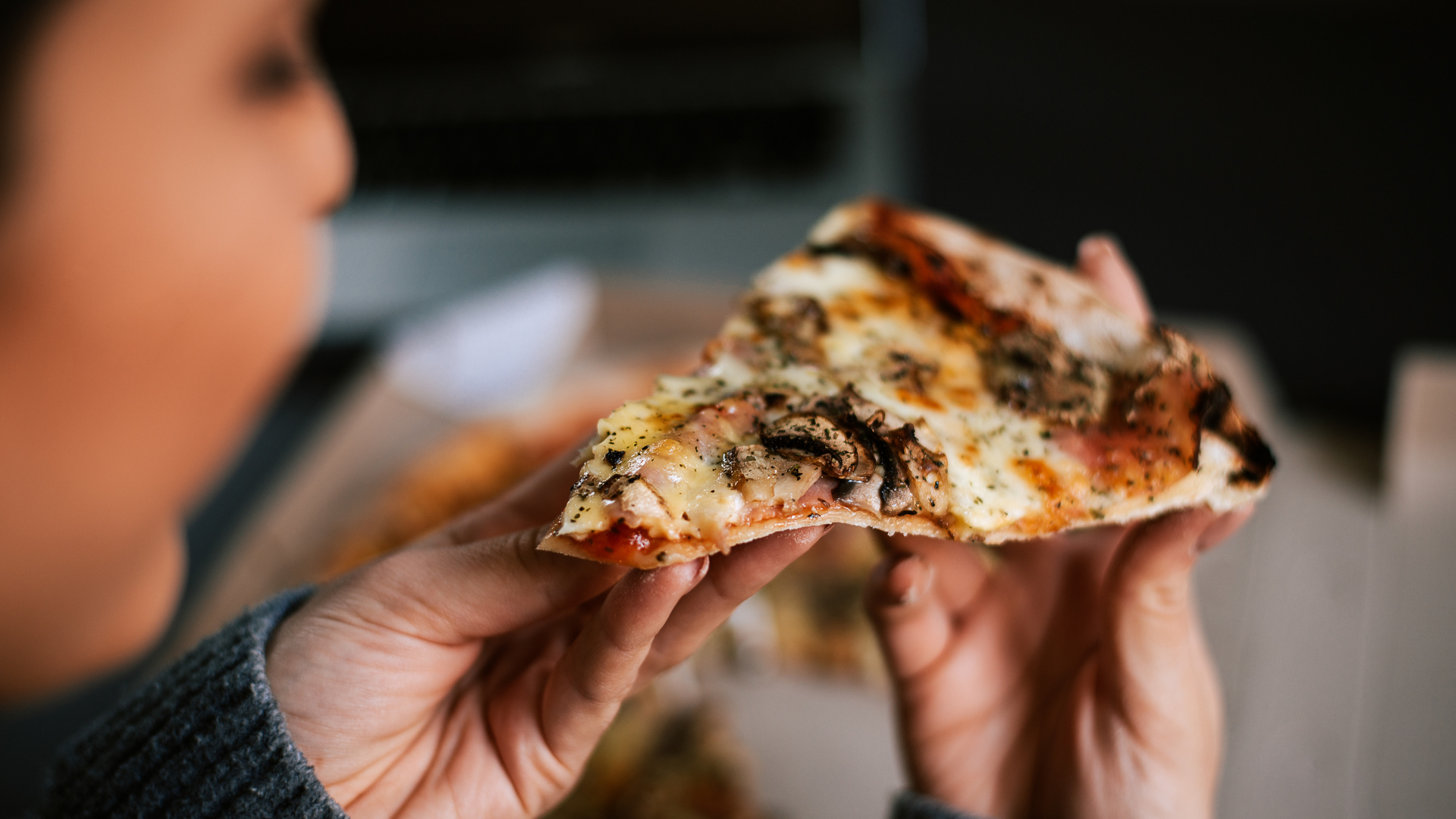
People who eat most of their meals in the evening have a higher risk of becoming insulin resistant, an observational study has found.
The study, “Association of time-of-day energy intake patterns with nutrient intakes, diet quality, and insulin resistance,” was published in Nutrients.
Circadian rhythms generated by the central clock in the brain control several processes in the body, including sleep cycles and food absorption. Food intake also influences how the gut, liver, pancreas, and many organs function. Many studies now show that a mismatch between circadian rhythms and food intake may contribute to disease.
Insulin resistance is a crucial component of type 2 diabetes. Dietary changes and regular exercise can improve insulin sensitivity. Still, emerging evidence suggests that eating most calories and carbohydrates earlier in the day can improve insulin sensitivity in people without diabetes.
However, it is unclear whether meal timing is related to insulin resistance in healthy people without diabetes. A team of scientists in China now sought to investigate whether there was a link between when healthy people ate most of their meals and insulin resistance.
The scientists used data from the China Health and Nutrition Survey (CHNS), an ongoing study investigating how social and economic changes in China affect nutrition status and health-related outcomes throughout life. The CHNS survey has been completed 11 times: 1989, 1991, 1993, 1997, 2000, 2004, 2006, 2009, 2011, 2015 and 2018.
For this study, scientists used data from 2015 that included 7200 households within towns, villages, urban and suburban communities across 15 diverse provinces in China. All participants provided blood samples to measure fasting plasma glucose, fasting insulin concentrations, total triglycerides, total cholesterol, high-density lipoprotein cholesterol (HDL-C), low-density lipoprotein cholesterol (LDL-C) and insulin resistance.
Participants also provided dietary data on three consecutive occasions, including details about meal timing and frequency. Based on when they ate most of their meals, the participant’s meal patterns were categorised into three groups: morning, noon and evening. The quality of their diet was assessed using the China Dietary Guidelines Index for Chinese adults (CDGI-2019-A), with a score range of 0-100; higher scores indicate better diet quality.
A total of 8726 individuals were included in the study, of which 55.16% were male. The mean age of the cohort was 50 years, 46.38% lived in rural villages, and 58.69% had a low income. Most of the cohort (74.17%) were non-smokers, non-drinkers (71.90%), and 38.07% exercised heavily.
Analysis of the participants eating patterns showed that 56% ate most of their meals in the evening, 28.42% at noon and 15.59% in the morning. Evening eaters were primarily male, drank more alcohol and smoked, and had the highest intakes of total fat and protein. Notably, evening eaters had higher levels of total cholesterol, total triglycerides, LDL-C, insulin and insulin resistance.
Conversely, morning eaters were older, had lower household incomes, were less and more likely to live in a rural area. The majority of their calories was derived from carbohydrates, and they had the highest fibre intake.
Noon eaters had the highest diet quality.
“The evening dominant pattern observed in the present study was associated with higher insulin resistance risk compared with the noon dominant pattern, after adjusting for sociodemographic, lifestyle, and other cardiometabolic risk factors,” the researchers wrote.
“Circadian misalignment might explain the observed positive relationship between evening dominant pattern and insulin resistance…Evidence from human experiments studies has demonstrated a [daily] pattern of insulin sensitivity and glucose tolerance in healthy individuals, with a higher level in the morning than in the evening,” they wrote.
“Inappropriate food intake occasion that leads to misalignment between eating behaviour and tissue clock rhythms, or between central and peripheral clock rhythms, can result in circadian disruption and the developmental of insulin resistance,” the researchers wrote.
Future studies should objectively define eating times and consider daily variations in eating patterns over a prolonged period.
In conclusion, “evening dominant pattern was associated with higher insulin resistance risk…”, they wrote.

